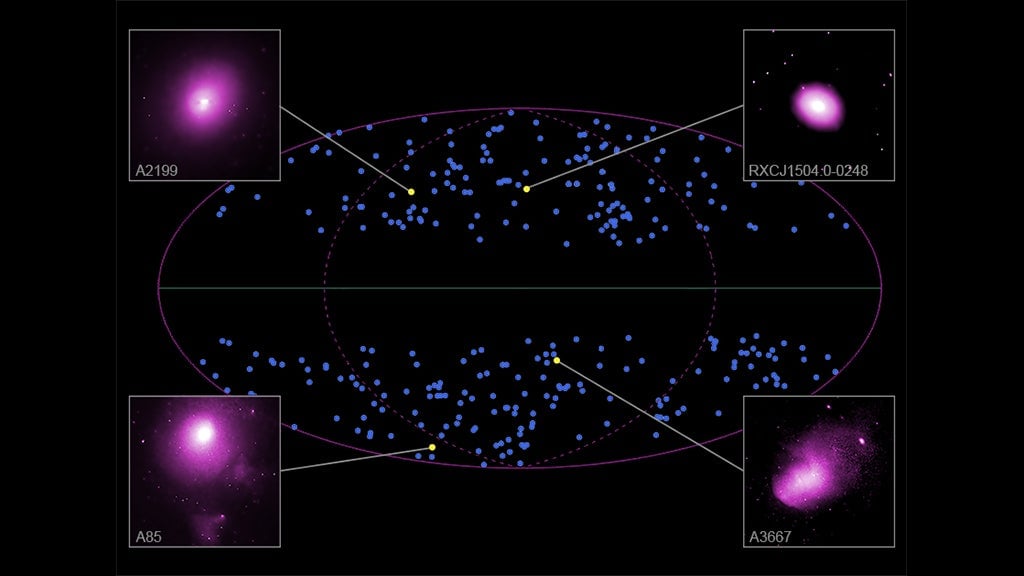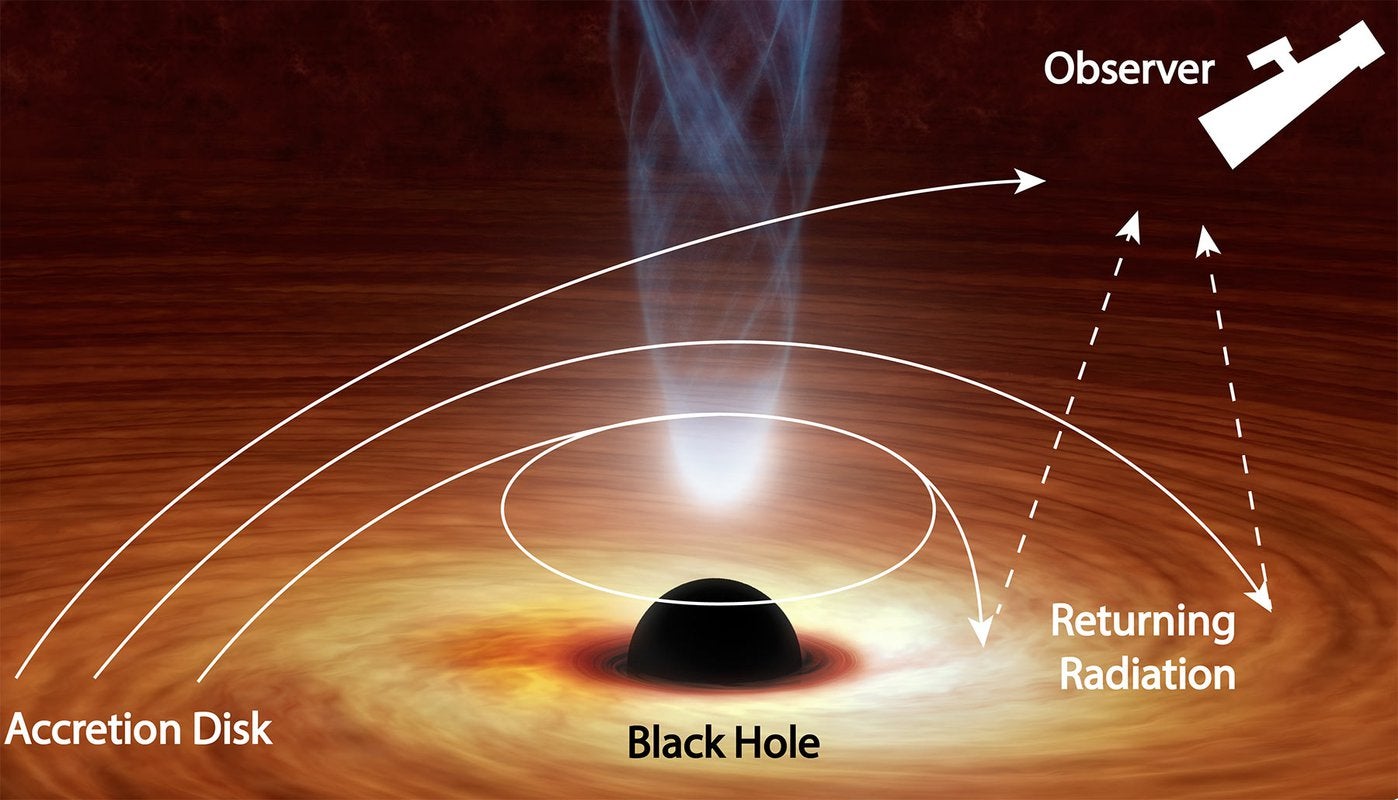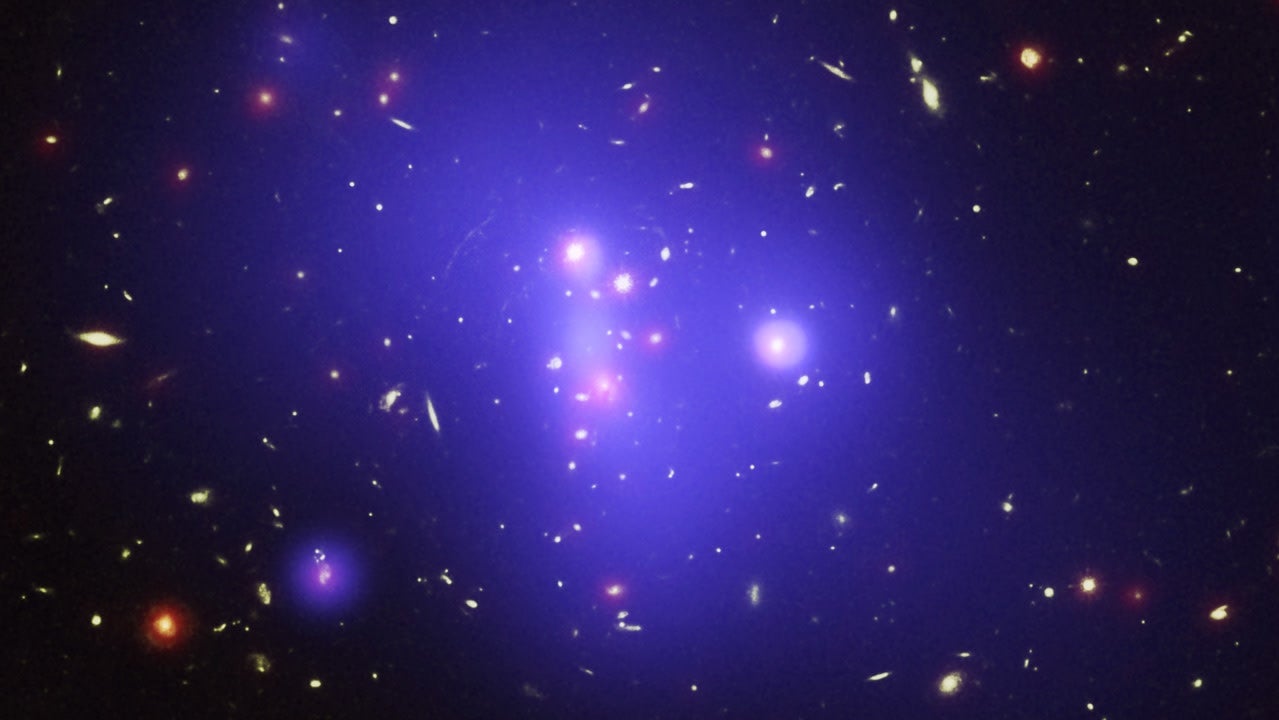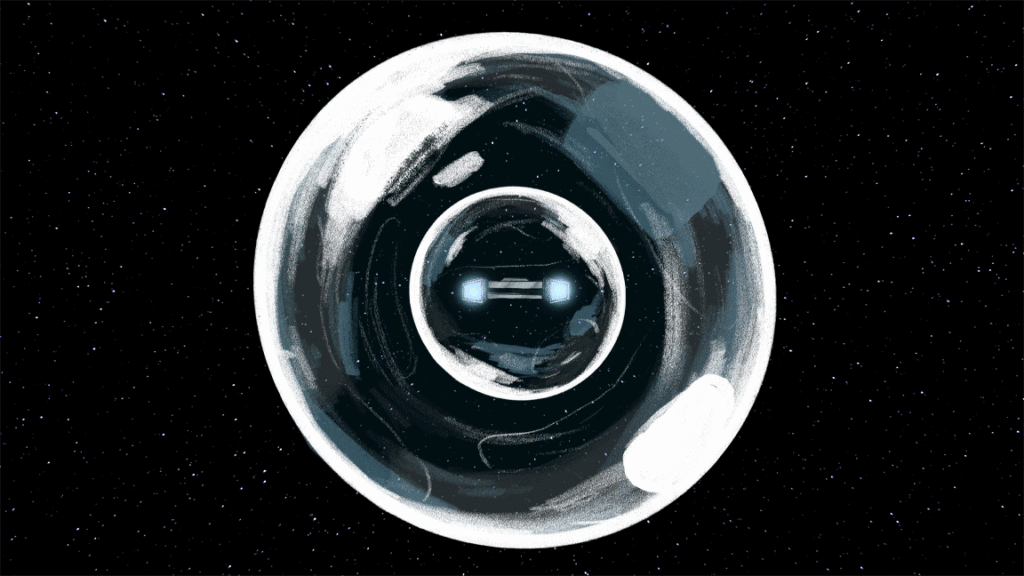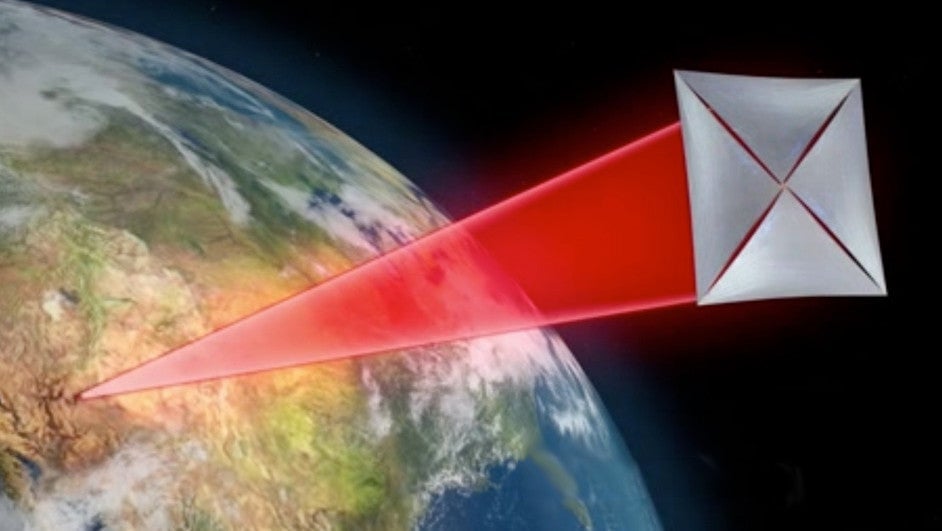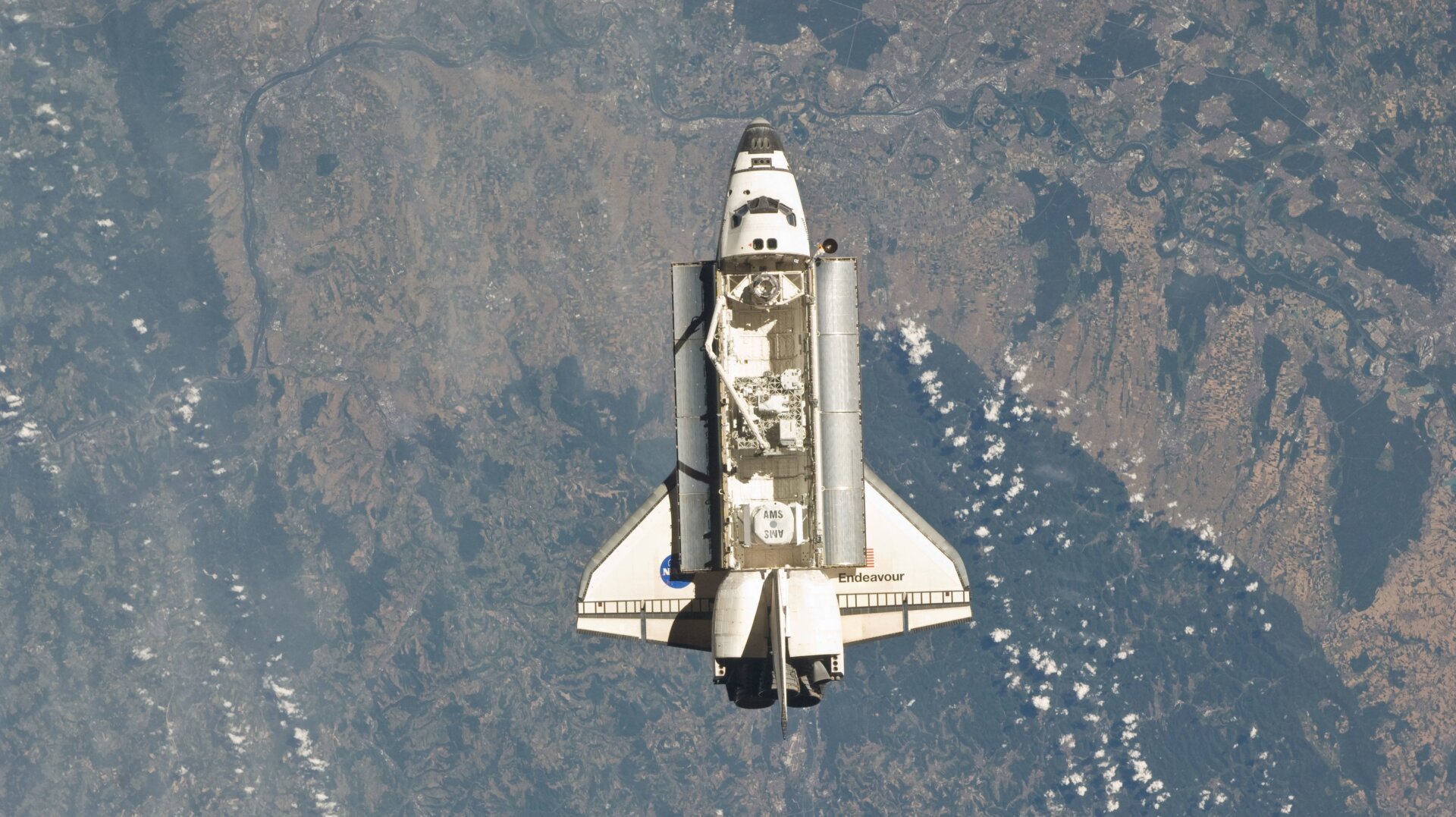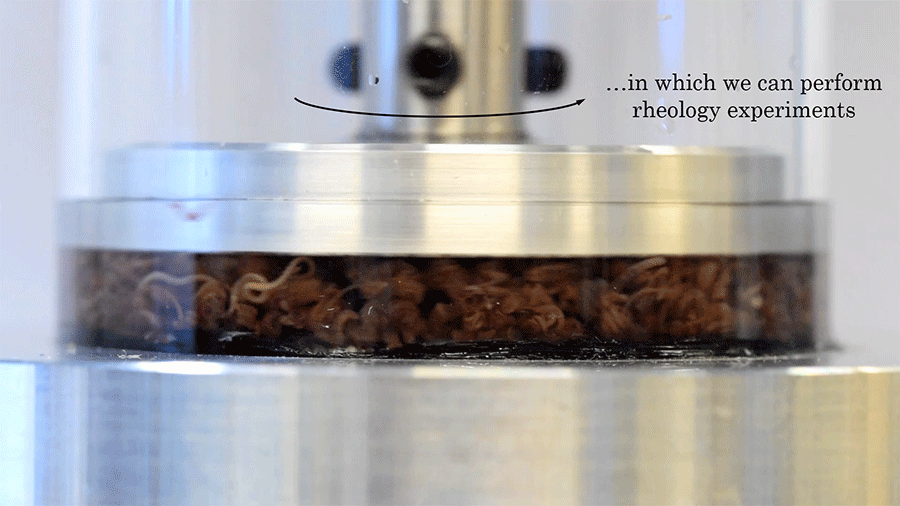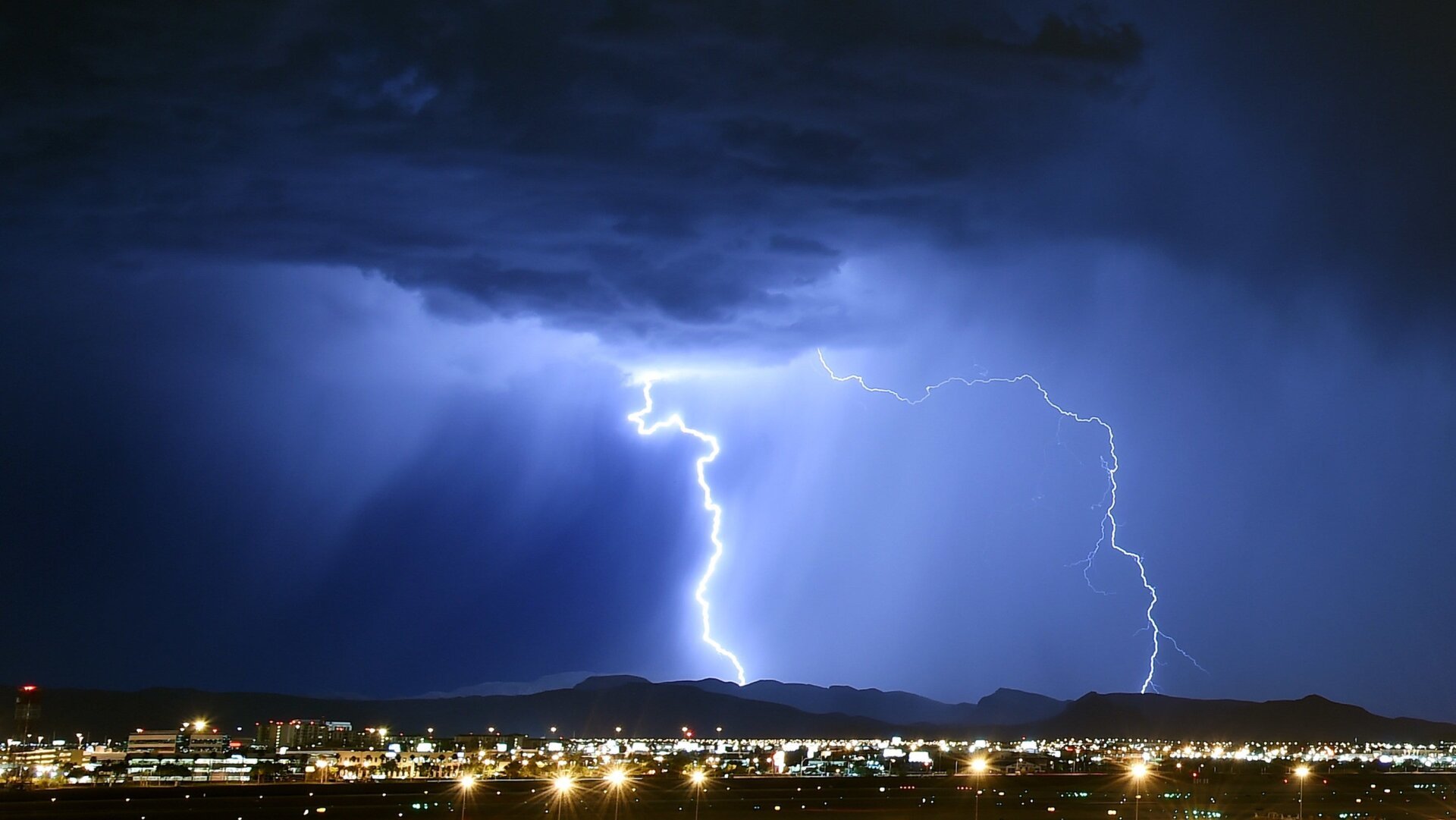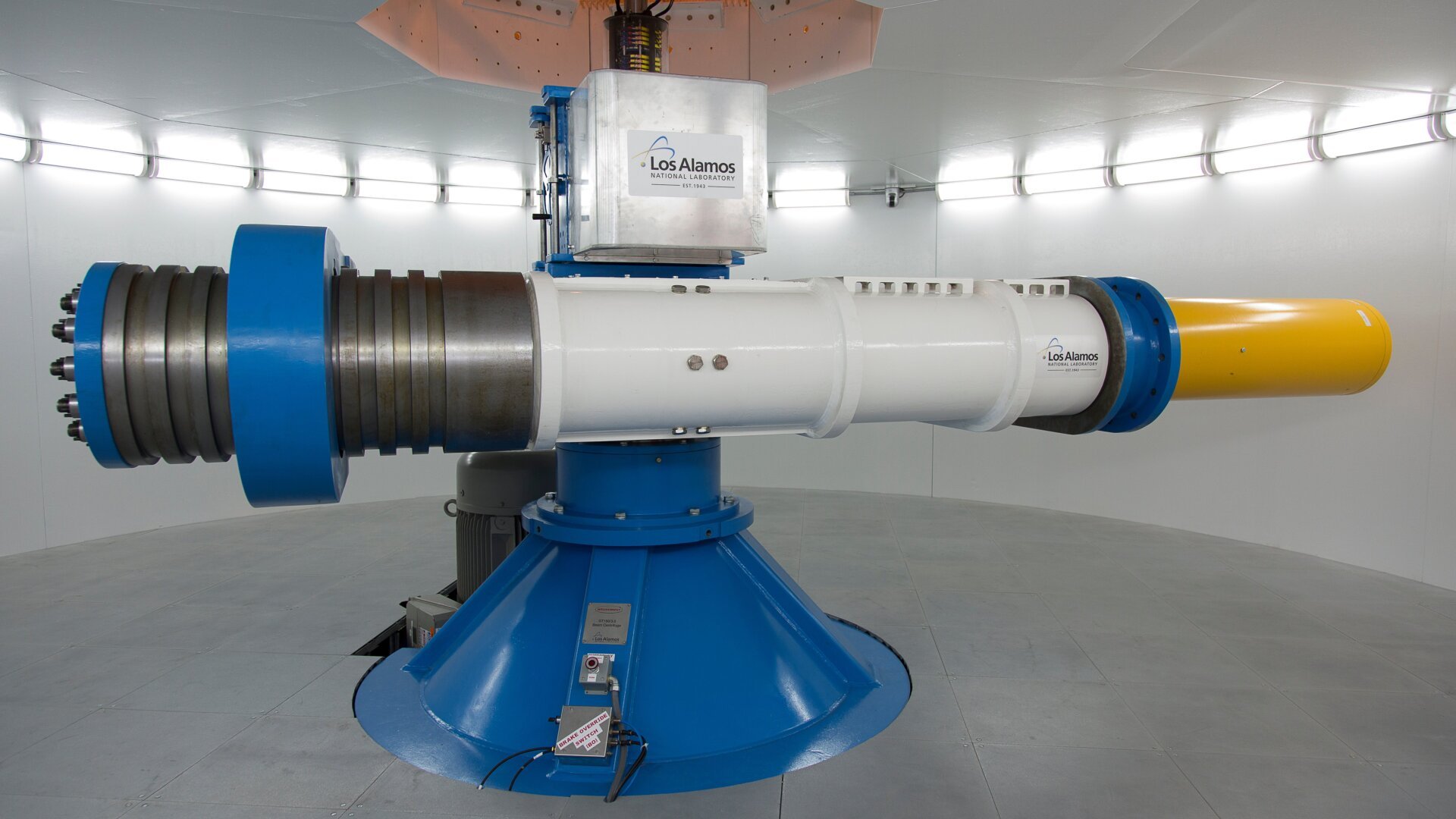The universe’s expansion, a fundamental concept in cosmology, is generally assumed to be uniform in all directions. However, new research suggests this might not be the case, potentially revolutionizing our understanding of the cosmos. A study led by Konstantinos Migkas at the University of Bonn, Germany, analyzed X-ray data from hundreds of galaxy clusters, revealing intriguing variations in the expansion rate across different regions of the sky. This finding echoes previous studies that hinted at similar anomalies, raising questions about the long-held assumption of an isotropic universe.
Modern cosmological models heavily rely on the principle of isotropy, meaning the universe’s properties, including its expansion rate, are the same everywhere on the largest scales. This principle is a cornerstone of our current understanding, but the new research challenges this fundamental assumption. While not yet definitive proof of an anisotropic universe, the findings are compelling enough to warrant further investigation.
Scientists have employed various methods to test the isotropy principle, including analyzing the cosmic microwave background radiation and observing distant supernovae. While some studies support a uniform universe, others, like Migkas’ research, suggest otherwise. These conflicting results highlight the complexity of measuring and interpreting cosmological data. The current study, published in Astronomy and Astrophysics, utilizes a novel approach by comparing the brightness and temperature of X-rays emitted by 313 galaxy clusters observed by telescopes like ROSAT, XMM-Newton, and Chandra. These measurements, along with redshift data, allow researchers to infer the expansion rate without relying on assumptions about the universe’s properties. The analysis revealed discrepancies in the expansion rate across different sky regions, suggesting a potential anisotropy.
Migkas acknowledges the need for further investigation before drawing definitive conclusions. Factors like undetected gas and dust clouds could affect X-ray measurements, and peculiar motions of galaxy clusters might also contribute to the observed variations. Future research will explore these possibilities and refine the analysis methods, potentially including observations at different wavelengths. Subir Sarkar, a professor at the University of Oxford, not involved in the study, finds the results intriguing, especially when considered alongside other research on distant radio galaxies, nearby infrared galaxies, and supernovae. He notes that while these combined findings strengthen the case for an anisotropic universe, potential biases in data analysis and sample selection warrant careful consideration.
Alexey Vikhlinin, deputy associate director at the Harvard-Smithsonian Center for Astrophysics, expresses skepticism about the study’s findings, citing potential biases related to luminosity-based object selection. He suggests the study may not have adequately corrected for these biases, leading to potentially flawed conclusions. The debate surrounding the universe’s expansion is far from settled. While the assumption of an isotropic universe remains prevalent, growing evidence suggests the need for a more nuanced understanding. Further research and rigorous analysis are crucial to resolving this fundamental question and potentially refining our cosmological models.
The implications of an anisotropic universe are significant. If confirmed, it could necessitate revisions to fundamental theories governing the cosmos. The ongoing research highlights the dynamic nature of scientific discovery and the continuous quest to unravel the mysteries of the universe.
This ongoing debate underscores the importance of continuous observation and analysis in cosmology. The question of whether the universe is expanding evenly or unevenly remains open, with the potential to reshape our understanding of the cosmos. Further research will be critical to determining the true nature of the universe’s expansion and refining our models of the universe.



